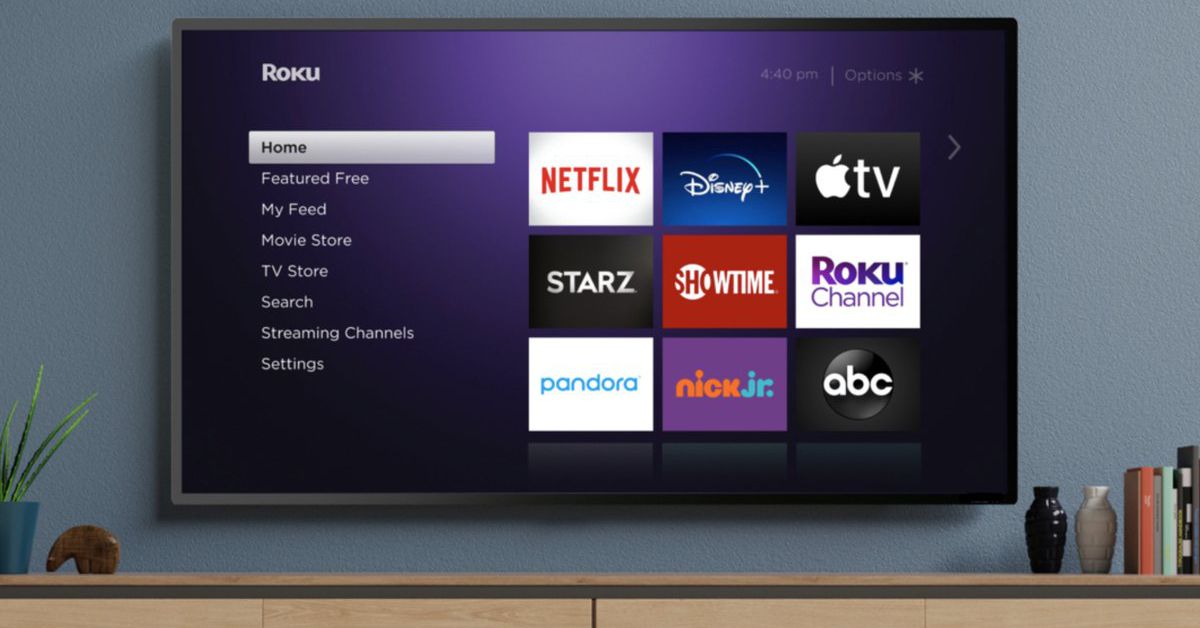Roku, one of the most popular streaming platforms in American homes, is acquiring Nielsen’s video advertising business as it wants to become a central hub for TV advertising.
Specifically, Roku acquires Nielsen’s Advanced Video Advertising unit. The acquisition means that Roku will also acquire Nielsen’s automatic content recognition (ACR) and dynamic ad insertion technology (DAI). DAI technology simply means that advertisers will be able to ‘target and measure’ better, allowing them to hyper-target a specific audience instead of broader demographics such as age and gender. Think of ads for products that people actually want to play in front of a YouTube video compared to seemingly random ads playing on CNN.
It is often referred to as addressable TV advertising because of how advanced the target is compared to previous advertising technology. For networks, they can maximize their ad inventory value, while advertisers can better track the return on investment for ads in a particular program or network. The acquisition will allow Roku to work effectively with various linear TV programmers to convert traditional TV commercials into digital commercials.
So, why does it matter to Roku? Think of the power dynamics that are available. There are more than 51.2 million Roku accounts using the platform to stream everything from live, linear television to streaming services like Netflix and Disney Plus. With Roku managing Nielsen’s advanced advertising technology, it puts Roku in a good position when it comes to negotiating with advertisers who are looking for the best way to target viewers who consume television in a number of ways. Roku will be able to use its technological platform and the new advertising tools to provide the best, focused advertising for businesses in linear TV and streaming video.
Prior to the announcement, Nielsen’s advanced advertising group “entered into agreements with Disney, CBS, Discovery, Fox, NBCUniversal, WarnerMedia, A + E Networks and AMC Networks”, according to Variety. These companies are expected to have ‘renewed talks’ with Roku, Variety adds, specifically on ‘collaboration with Roku to enable addressable ads.’ Nothing in life is free, and it seems possible that the new deal from Roku means it could make a cut on the advertising inventory associated with new deals.
When executives from NBCUniversal try to negotiate with Roku about bringing their new streaming service, Peacock, to Roku devices, much of the delay comes from disagreements over ad inventory. NBCUniversal executives did not want to give up a significant portion of their advertising revenue (Roku typically takes 30 percent of the advertising inventory, but works out specific transactions with each partner depending on the offer). Peacock is also supported by advertising and NBCUniversal has developed its own digital advertising technology to try to persuade advertisers to place ads on the platform. Giving up a percentage of advertising revenue is a difficult pill to swallow.
The biggest advantage of Roku – and which apparently tipped the negotiations – is its scope. The company increased its user base by about 40 percent between 2019 and 2020, according to earnings in the fourth quarter. Even more impressive is the ad-supported Roku Channel, which doubled its audience and reached approximately 61.8 million people in the US in the fourth quarter. Roku’s technological platform and scale is exactly what Nielsen’s Advanced Video Advertising unit needs. So many people in the United States have Roku devices that it does not compromise any channel or streaming service.
While executives feel strongly that responsive TV advertising is the future, it still accounts for only about 10 percent of the overall U.S. linear advertising business, according to Axios. The unit now operates more than 100 million connected devices instead of 55 million, Axios adds Nielsen, which provides even more insight into the potential of digital advertising on linear networks. Spending on TV ads in the United States is expected to reach “$ 3.6 billion by 2022, 75% higher than in August 2020, according to recent estimates by research firm eMarketer.” Variety report.
If the industry eventually switches to spending more on responsive TV commercials, Roku will occupy the key position. It also helps explain why Roku spent $ 150 million in late 2019 to acquire Dataxu, an advertising technology company, as noted Protocol. Roku’s business is increasingly relying on its digital platform, which is powered by advertising. To make it so that everyone else has to pay a fee to take advantage of being on the platform seems to Roku to be a smart business move.
